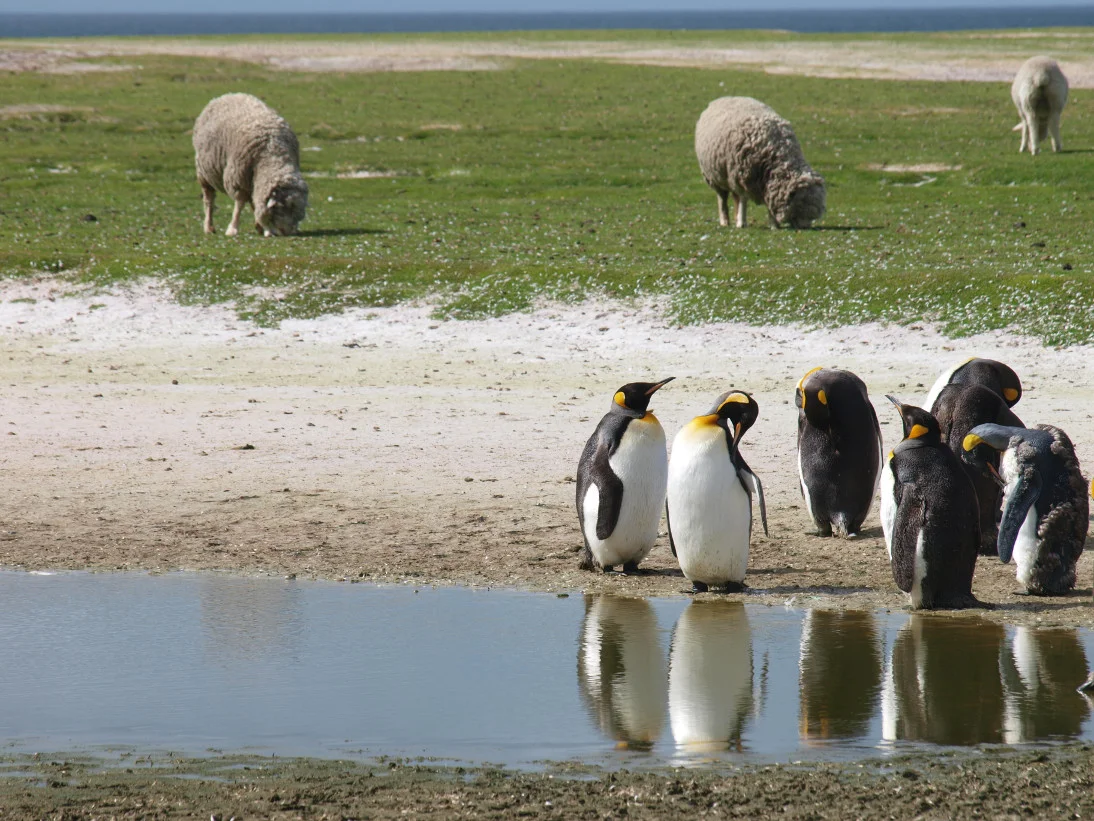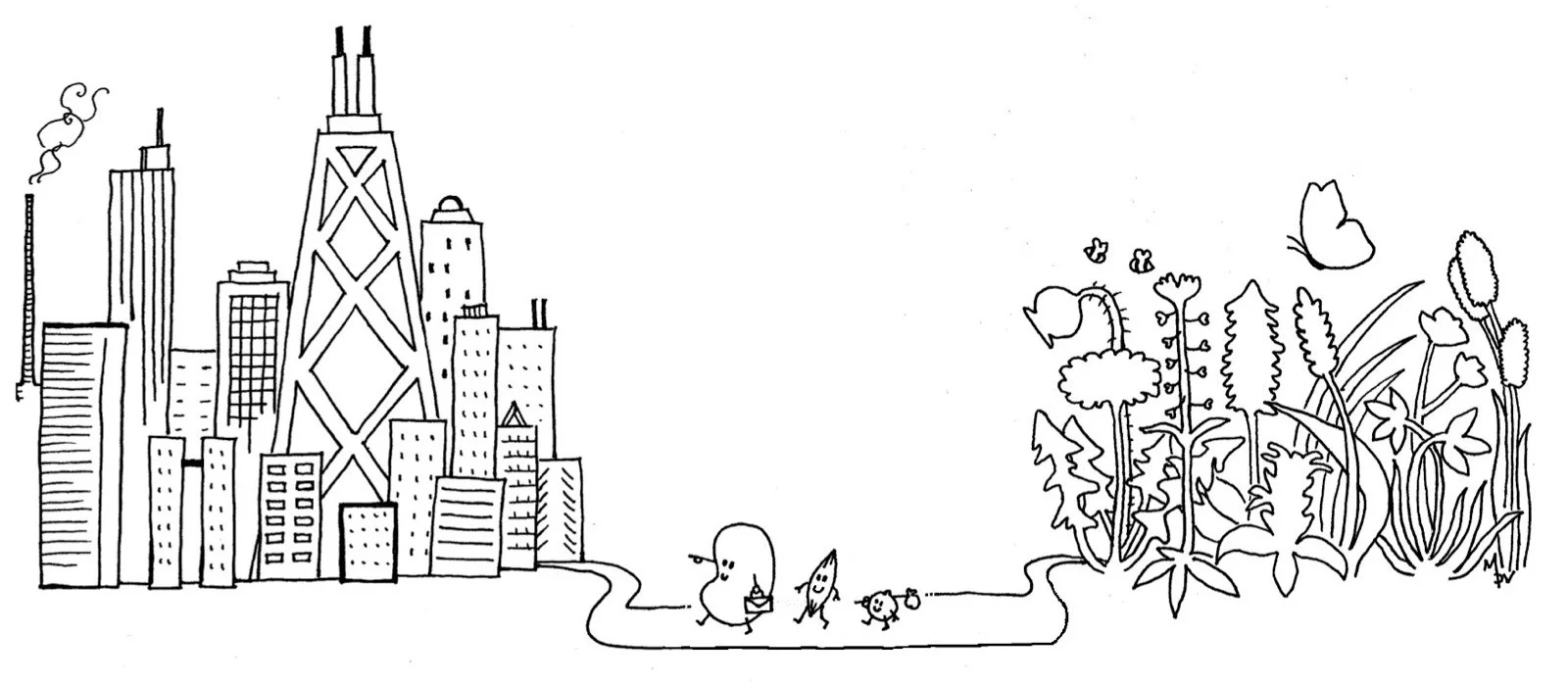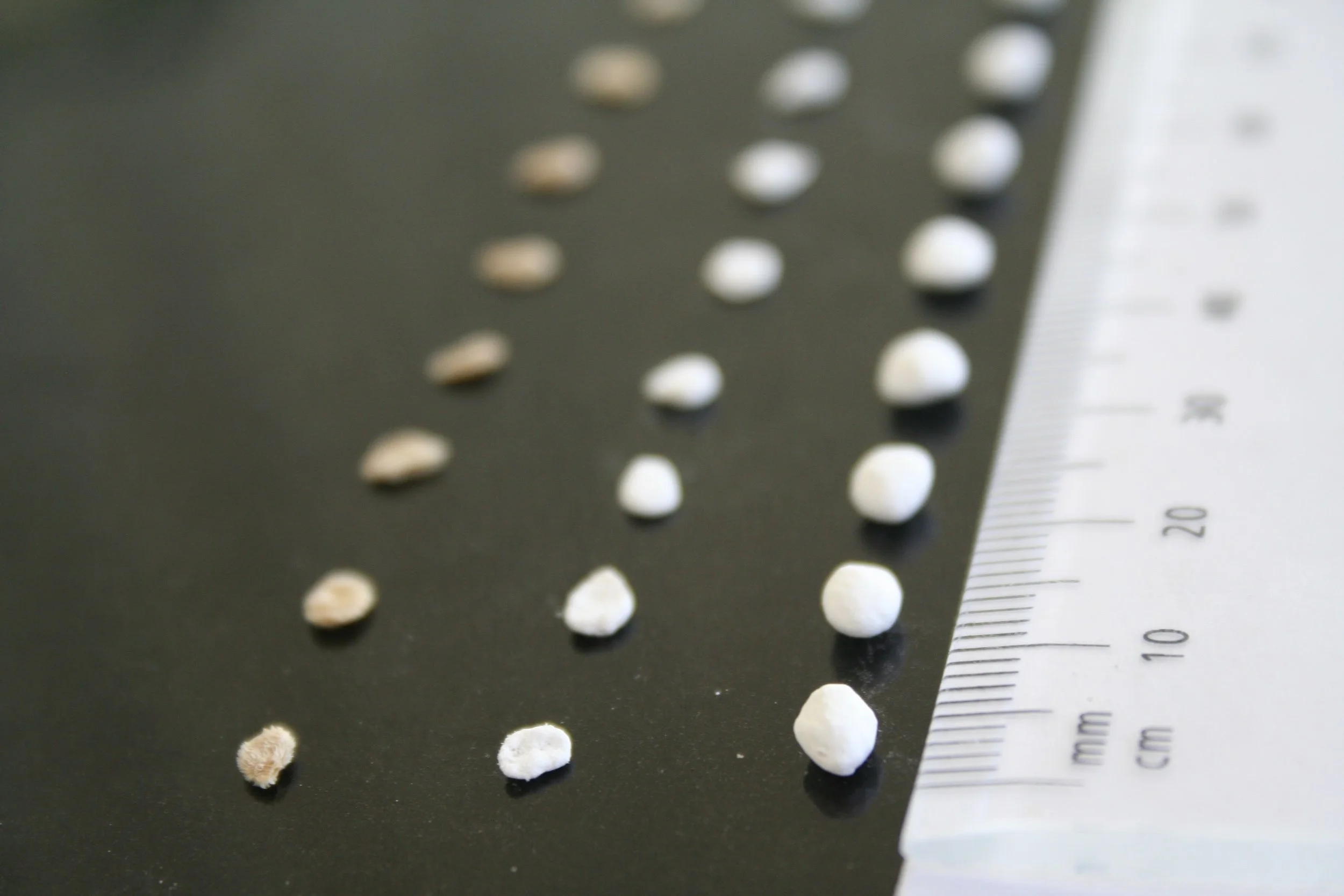The Xingu Seeds Network involves 30 organisations and 450 seed collector groups in 19 municipalities of the Xingu’s watershed in the Brazilian Amazon. These groups encompass 14 rural settlements, one extractive reserve, and 6 indigenous ethnicities of the 4 indigenous lands and 11 villages. Moreover, there is a management office based in Canarana city (Mato Groso State) and 4 seed storage houses. Over one decade, this network has facilitated the production of a substantial volume of seeds (175 tonnes) and generated about 750 thousand US dollars for 450 households.
The Native Seed Community Shining at the Global Ecological Restoration Conference in Brazil
The native seed community, was very well represented during the INSR’s first full day symposium: Seed Based Restoration: Innovations, Opportunities and Challenges. Seventeen delegates from the US, Brazil, Mexico, China, Germany, Australia, Spain, Scotland and Italy presented their global experiences on topics from seed collection and treatment, all the way to application of seed technology and seeding.
The symposium was a resounding success and introduced the INSR to scientists and practitioners, especially those from Latin America, who interacted with the network for the first time.
Falklands Conservation: Sheep Poop and Native Seeds Can Be a Successful Recipe for Restoration!
The Falkland Islands comprise of two main islands and over 700 smaller islands: our total area is 4,700 square miles - around the size of Connecticut in the USA. Our population is 3,500 people, three quarters live in the capital, Stanley and the gnarly remainder live in small settlements and isolated farms. We farm cattle and sheep: extensive sheep farming dominates with over half a million sheep at last count.
Developing and Implementing a Forest Nursery Program in Togo
Togo, West Africa has one of the highest deforestation rates both globally and on the African continent, with recent reports showing only about 5% of forests remaining in the country. Enter the Institute for Community Partnerships and Sustainable Development (or ICPSD), a non-profit based in Moscow, ID, whose mission is to empower African communities to be self-sufficient, and at the center of their own development.
Seed Conservation Knowledge Hub
Native Seed Supply & The Restoration Species Pool
Ecological restoration does not come without risk. An enormous amount of resources are spent on a practice for which we are still asking questions and trying to fully understand to achieve desirable outcomes. We have explored two key constraints and opportunities for reducing risk in a case study of over 1000 species important to ecological restoration in temperate European grasslands in a new paper; “Native Seed Supply and the Restoration Species Pool”.
Texas Native Seeds Program: Sowing Seeds of Change in the Lone Star State
Native seeds supplies can be huge catalysts for change. When non-native grass issues and their impacts on wildlife alarmed Texas landowners, they set in motion an initiative that has paid big dividends for increased appreciation of native plants and for encouraging and enabling successful restoration seedings. Read how the Texas Native Seeds Program at the Caesar Kleberg Wildlife Research Institute has cultivated and grown their collaborative efforts toward having major impacts on seed-based restoration, and native plant conservation in Texas.
Semillas Silvestres: Twenty-five Years of Native Seed Production in the Iberian Peninsula
Founded over 25 years ago in Córdoba, Spain, the native seed company Semillas Silvestres S. L. is a pioneer and leader in bringing the diversity of the Iberia flora to market and increasing the use of native plants in ecological restoration. Today our seed list is an essential resource for the drafting of any project related to Iberian diversity, whether environmental restoration, recovery of biodiversity in agro ecosystems, or for new projects for sustainable landscaping, so necessary actually in the cities.
Seed Banking in New York City and Beyond
On October 25th, 2012, Heather Liljengren, Seed Bank Coordinator for the Greenbelt Native Plant Center, found herself on Rockaway Beach, New York, making a seed collection when she came across one of the few remaining natural populations of Ammophila breviligulata (American Beachgrass) on the Rockaway Peninsula.
US Forest Service, Bend Seed Extractory
The Bend Seed Extractory (BSE), a facility of the US Forest Service, Pacific Northwest Region located in Bend, Oregon is dedicated to seed and only seed. The facility provides a variety of services to public agencies across the United States. We extract, process, test, package, and store seed for more than 3,000 different species and our seed lots vary from a few tablespoons to thousands of pounds.
A Collaborative Approach to Addressing Seed Challenges in Lebanon
For the past few decades, Lebanon has been facing an ongoing, and rapid, decrease in its natural spaces, with only 13% of forest cover remaining. Several factors contribute to this rapid loss, including urbanization, grazing, climate change and unmanaged natural resources. One of the major challenges facing effective landscape restoration is the proper use of native genetic resources successfully and sustainably.
Taking a Holistic Approach to Ecosystem Restoration Using Native Seeds
Many scientists and social scientists are becoming more and more familiar with using a holistic approach, such as integrating and understanding the ecological, economic and social values of applied research. There are two primary factor that can greatly help or hinder restoration: policy and society.
The Irati Proyectos
Since 2012, the Irati Proyectos company, based in Spain, promote the use of wild flowers for meadow creation in landscape architecture projects. In particular, native seed mixes of herbaceous flowers are used in peri-urban parks, to promote the characteristic biodiversity of the Mediterranean landscape. These experiences are also becoming useful models for many other projects dealing with urban landscape architecture.
Dumbarton Oaks Park
In 2014 the Conservancy began working with NPS, and volunteers to restore the Park’s five meadows. Volunteer labor was used to clear invasive plants and sow a mixture of native warm-season grasses. Native seed collected from the Park was used to supplement a seed mix designed by well-known meadow expert Larry Weaner.
The Greenbelt Native Plant Center of the New York City Parks and Recreation Department
Seed and the City
When we think about seed-based restoration, we usually refer to rehabilitation of large degraded patches of land to bring them back to the original natural or semi-natural state.
Rarely do we think about restoration activities integrated into the urban environment, with its patchwork of remnant ecosystems, designed parkland and utilitarian green infrastructure. The benefits of green urban areas are many, ranging from combating the urban heat island phenomenon to providing shelter for humans and wildlife. The choice of using native plants in these ecosystems may result in lower maintenance costs and help prevent a further spread of alien plants to surrounding rural and natural areas.
Global Seed Conservation Challenge Awards
The BGCI - Botanic Gardens Conservation International launched the Global Seed Conservation Challenge Awards. With over 180 member gardens, the GSCC works to both support and challenge botanic gardens to work outside their garden walls to collect, bank and conserve seeds of threatened species towards Target 8 of the Global Strategy for Plant Conservation. As part of the GSCC, BGCI will be awarding prizes for seed conservation at the 6th Global Botanic Garden Congress (6GBGC).
National Native Seed Conference 2017
The National Native Seed Conference 2017 was held in Washington, D.C. from the 13th to the 16th of February, organized by the Institute for Applied Ecology. This biennial event brought together 350 participants from a wide array of stakeholder groups, restoration practitioners, researchers, native seed growers, land managers, and policy makers. Previously held in the western United States, the choice to hold the 2017 meeting in Washington, D.C. allowed for a new suite of individuals and organizations to be represented. Furthermore, being in the nation’s capital allowed scientists and practitioners to interact with congressmen, senators, lobbyists, and various components of the political system that they are typically far separated from. In a climate of diminishing environmental protection funding there was a strong emphasis on advocacy, especially for the Botanical Science bill, HR 1054. The conference was organized around the National Seed Strategy, and featured inspiring plenaries, oral presentations, panel discussions, roundtables, a lively poster session, and exhibits from the seed producers, seed testing agencies and professional societies.
Can Seed Coating Boost Seed-based Restoration Outcome?
Seed coating is the practice of covering seeds with external materials to improve handling, protection, and, to a lesser extent, germination enhancement and plant establishment. With an annual value exceeding US$1 billion dollars, this technology is mostly the preserve of the private research sector, with few links to the scientific community. Here, we analyse the science and industry of seed coating and its contribution to seed establishment and plant performance. We posit that a closer collaboration between academia and industry is critical to realising the potential of seed coating both as a tool for enhancing plant establishment in the face of the challenges posed to agricultural systems and to propel the multibillion-dollar global push for ecological restoration of degraded ecosystems.
Restoring the Dry Forest Ecosystem of Bonaire
Bonaire’s dry forest ecosystem has struggled in the last 500 years following aggressive deforestation by early European settlers and the introduction of invasive herbivores, including goats and donkeys. The Echo Foundation was established in 2010 with the goal of safeguarding the future of the native Yellow-shouldered Amazon Parrot (IUCN status: vulnerable). Currently, Echo is implementing a reforestation project that involves fencing to exclude the invasive herbivores and growing more than 30 species of native trees to plant in these areas, allowing the abundance and diversity of native plants to increase immediately. These herbivore exclusion zones will also provide recreational areas to encourage visitors and residents of the island to appreciate the benefits of habitat restoration. This project was mandated and funded by the local island government, openbaar licham Bonaire.




















